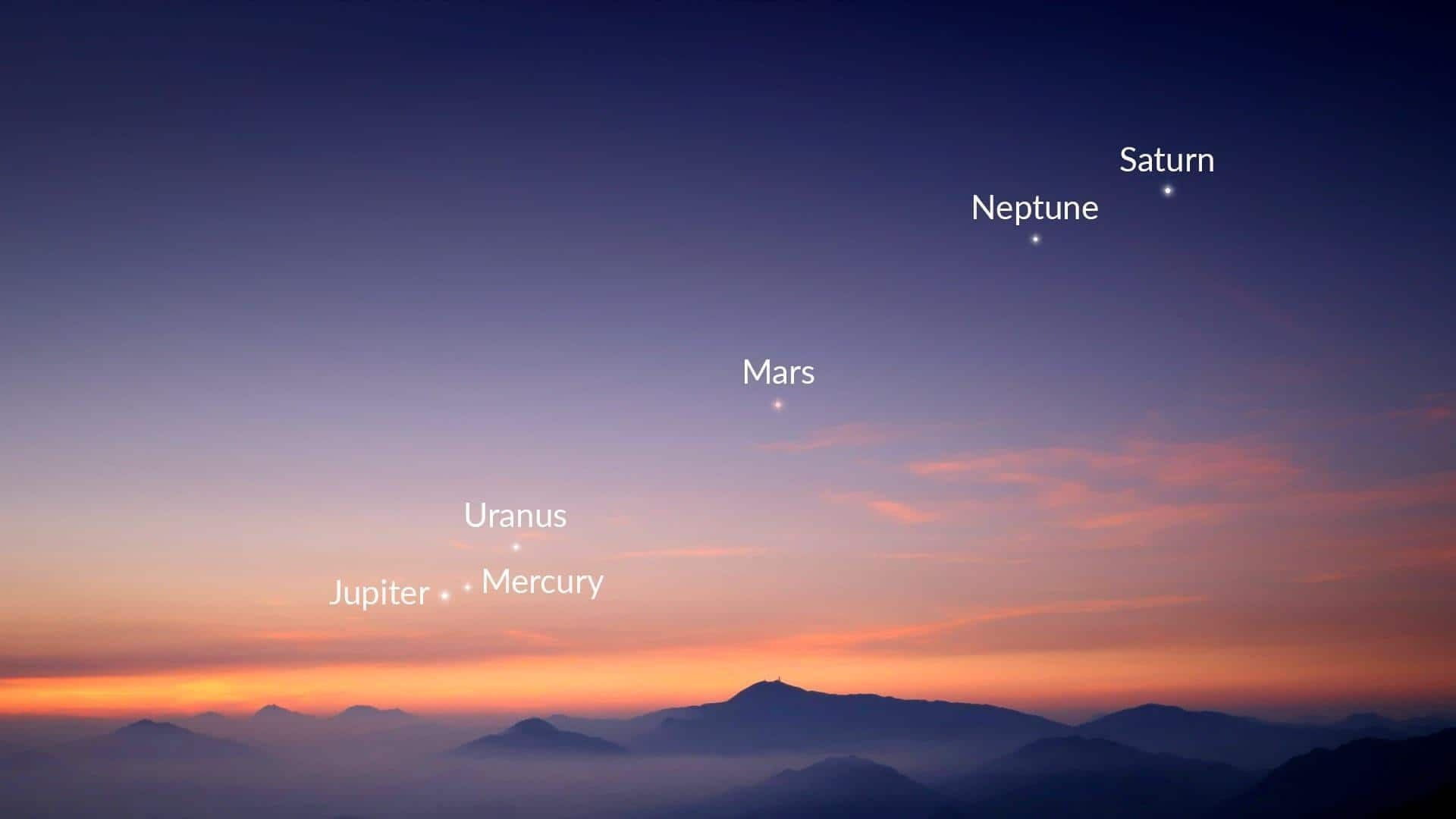
Rare 'Planet Parade' on June 3: How to watch
What's the story
Skywatchers are set for a celestial treat in 2024 with a series of cosmic events. Among these is the rare occurrence of a Planet Parade, also known as Planetary Alignment, scheduled for June 3. During this event, six planets—Mercury, Mars, Jupiter, Saturn, Uranus, and Neptune—will appear to align in a straight line while revolving around the Sun. This alignment will be visible for a short period using special equipment such as telescopes or high-power binoculars.
Visibility details
Planet Parade to be visible across the globe
According to starwalk.space, this Planet Parade will be broadly visible across the world on June 3, a few hours before sunrise. However, visibility may vary depending on the region. For instance, residents of Sao Paulo can witness this cosmic event earlier on May 27 at the 43-degree sky sector. In Sydney, it will be visible on May 28 at the 59-degree sky sector while New Yorkers can expect to see this spectacle on June 3.
Upcoming events
More planet parades and alignments in the offing
For those who miss the June 3 event, another Planet Parade is scheduled for August 28. An even more special seven-planet alignment featuring Mercury, Venus, Mars, Jupiter, Saturn, Uranus, and Neptune is set for February 28, 2025. The Planet Parade is a naturally occurring phenomenon that becomes special when more than two or three planets come together. In these cases, six or seven planets are aligning to create these rare cosmic events.
Viewing tips
Best viewing conditions for the 2024 Planet Parade
During a Planet Parade, the planets don't align perfectly but appear so due to their positions relative to each other. The best place to witness the Planet Parade would be away from skyscrapers and cities with less light pollution and physical obstructions. Mars and Saturn might be visible without any special equipment due to their size. However, spotting Mercury, Jupiter, Uranus, and Neptune would require technological assistance.